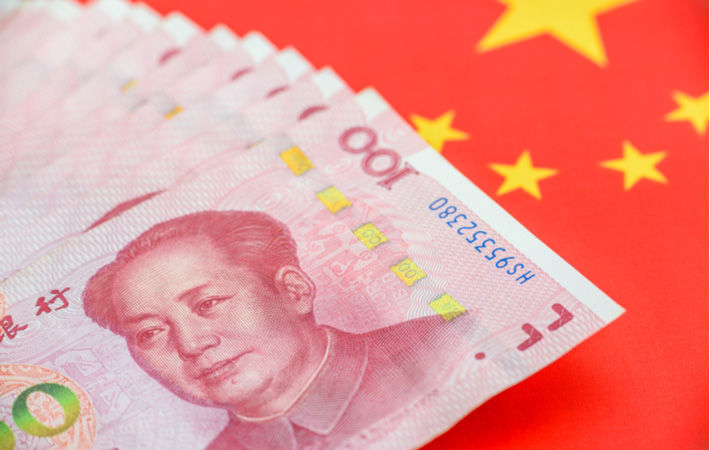
For the full year, the World Bank projected that China's economy would grow 8 per cent, higher than the government target of ‘above 6 per cent’.
Instead of printing money and pumping cash into the whole financial system, China adopted a policy of channeling funds through targeted monetary tools to specific sectors like manufacturing as well as the more vulnerable small and medium companies.
The country's central bank has cut the reserve requirement ratio (RRR) for financial institutions twice this year to offer liquidity to the real economy.
The country has also been more proactive in taking fiscal measures to shore up growth, cutting taxes and fees for companies while transferring central funds to support regions hit by natural disasters, a government-owned newswire reported.
A national carbon market started trading in July, which has seen active trading of carbon emission quotas. While encouraging the use of green energy, Chinese policymakers paid special attention to the potential disruption to the energy supply and economic activity, reiterating that local governments should avoid ‘campaign-style’ carbon reduction.
The country has been stepping up investment in green technologies, and creating opportunities for both domestic and foreign companies.
Investment in these areas will stimulate short-term demand and aid China in transitioning to new growth engines in the long term, the newswire report added.
Fibre2Fashion News Desk (DS)